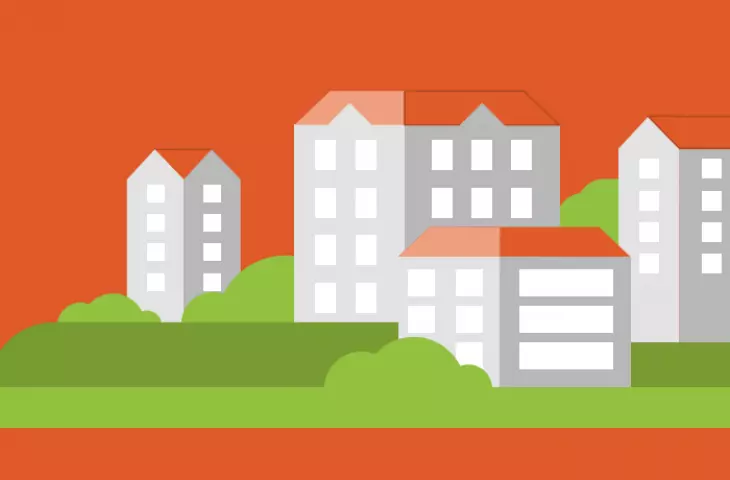The cleanest energy is the one we never use. Today, conservation is an argument that often appeals to people more than climate issues. The issue of thermal modernization in construction needed a good signpost, which has just been created.
As part of our #ReportThursday series, we present documents, reports and guides on architecture, cities and local government that are certainly worth publicizing and promoting. This week we look at the guidebook "How to Effectively Retrofit Multifamily Buildings. A Guide for Property Managers," which was compiled by PLGBC experts.
The report can be downloaded on the RetrofitHub project website.
The report was compiled by Dr. Dorota Bartosz, Sebastian Brzoza, Maciej Drobczyk, Dr. Tomasz Jeleński, Dr. Paweł Krause, Katarzyna Mateja, Agnieszka Palmowska, Łukasz Sajewicz and Dr. Aleksandra Specjał
© Polish Green Building Council PLGBC
organizing knowledge
The guidebook published by PLGBC can be the first, and at the same time the last, step in acquiring knowledge about modernization. This is because it contains not only a summary of the most important documents on decarbonizing the construction sector, an analysis of construction law, the duties and possibilities of building managers, but also the principles of describing energy audits, installation modernization, the use of photovoltaics or support instruments. A separate chapter is devoted to a topic that requires broader public recognition - the modernization of multifamily buildings listed in the register of historic buildings.
For more than a hundred pages, the authors lead us step by step - from principals and principles to practical tips for solutions and implementation of thermal modernization technologies in individual cases of housing cooperatives. The signpost created by this handbook can be extremely important for managers who openly face the problems of thermomodernization.
Lack of knowledge should not be an argument against these processes, and in the "race"ofthermomodernization, the winners will be the residents of those cooperatives whose managers are the fastest to begin adaptation processes.
The report not only discusses the issue of programs or laws, but also clearly discusses the directions of change
© Polish Green Building Association PLGBC
Alicja Heller, Sustainability Specialist at the Polish Green Building Association PLGBC, talks about the creation of the publication, the benefits of thermal modernization and the barriers facing these processes
Wiktor Bochenek: Whois the handbook addressed to? Who can or even should use it?
Alicja Heller: The handbook is addressed primarily to building managers, property managers, housing communities and cooperatives, but also to local governments and cities managing municipal housing resources.
The publication includes information and a description of best-practice measures for retrofitting residential buildings. Legal regulations, guidelines and benefits of energy audits are presented, as well as requirements and the most effective measures for modernizing installations in buildings, including the potential for using RES.
The technical aspects of retrofitting are also covered, providing a valuable resource for contractors, designers, energy auditors and other professionals.
Alicja Heller - Sustainability Specialist, Polish Green Building Association PLGBC
© Polish Green Building Council PLGBC
Wiktor: What are the biggest challenges in the context of retrofitting multifamily buildings?
Alicja: The biggest challenge we face in the context of modernization, and the reason for our publication, is to raise awareness among building managers, but also residents, about the need to modernize building stock in Poland. It is important to raise awareness that improving the energy efficiency of a building requires a detailed analysis of the building, which an energy audit gives us. The results of the audit allow us to make the optimal energy and economic decision.
Another challenge is to educate residents, who have an important voice in the entire decision-making process - building modernization is not only about increasing the energy efficiency of a building, but also about improving the quality and comfort of life for residents.
Wiktor: What is the biggest barrier to modernization in Poland?
Alicja: The main barriers that stand in the way of carrying out comprehensive modernization of buildings and increasing the modernization rate are insufficient sources of financing for modernization activities. Carrying out modernization, especially deep modernization, is a very expensive undertaking, and for this reason it is essential to find subsidies or cheap loans. It is important that information about the possibilities of financial support be more widely disseminated, so that those interested have the opportunity to take advantage of them.
Victor: Thank you for the interview.
The report can be downloaded on the RetrofitHub project website.


























